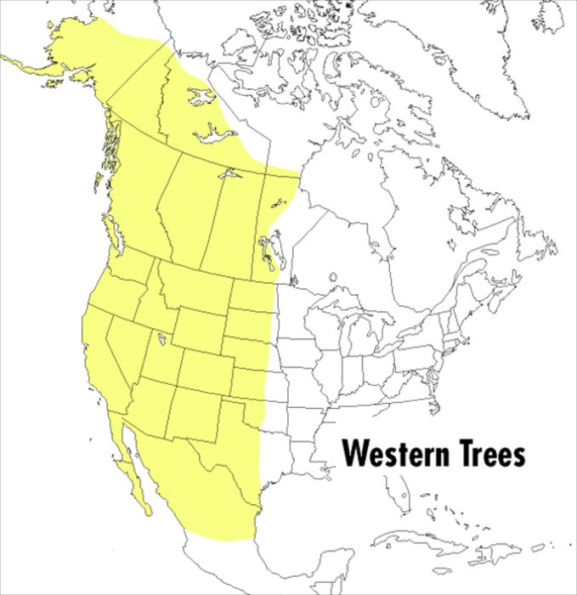5
1

A Peterson Field Guide To Western Trees: Western United States and Canada
448
A Peterson Field Guide To Western Trees: Western United States and Canada
448Paperback(Second Edition)
$26.00
26.0
In Stock

Product Details
| ISBN-13: | 9780395904541 |
|---|---|
| Publisher: | HarperCollins |
| Publication date: | 07/25/1998 |
| Series: | Peterson Field Guides |
| Edition description: | Second Edition |
| Pages: | 448 |
| Sales rank: | 1,073,921 |
| Product dimensions: | 4.50(w) x 7.25(h) x 0.97(d) |
About the Author
From the B&N Reads Blog



